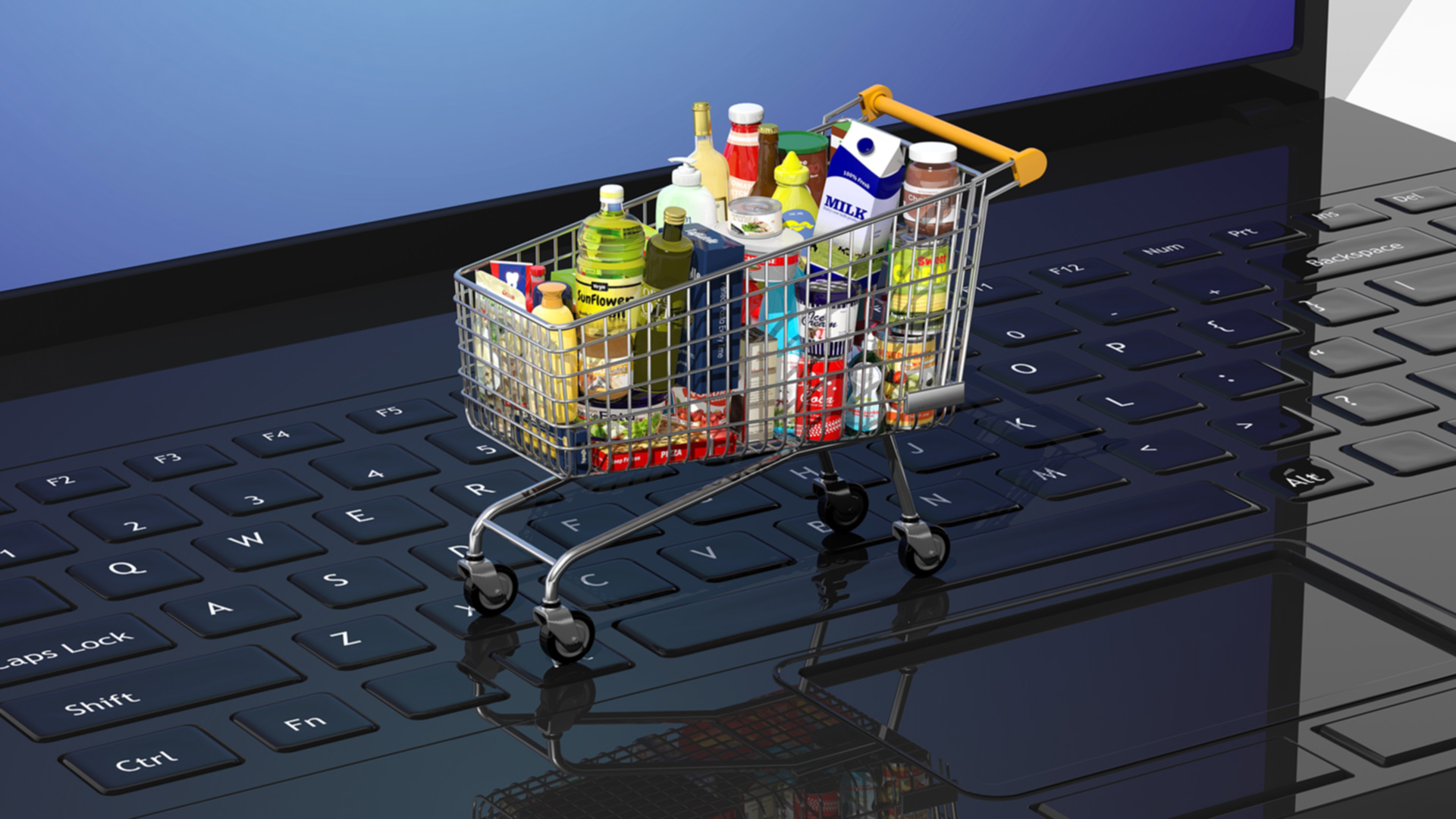Step by step, physical grocery stores are becoming back ends for online shopping
Walmart, Kroger, ShopRite and other traditional chains are jumping aboard, as physical store-less grocery providers like Amazon are moving in.

When I was a kid way back in the last century, I remember that one of my parents’ ideas of a fun Friday night was to go grocery shopping.
Not my cup of tea, and, fortunately, I usually managed to avoid going. But that sense of enjoyable grocery shopping, which was not uncommon among my parents’ generation, is going the way of vinyl records — maybe not completely extinct, but a quaint habit. And grocery stores, like banks and electronics stores, are becoming a blend of online and physical entities.
“People aren’t shopping that way anymore,” ecommerce provider SmartCommerce CEO Jennifer Silverberg told me, referring to the era when customers considered, selected, and bought groceries in a physical store over 30 to 45 minutes or so. Her company connects the makers of consumer packaged goods (CPG) with online customers in settings outside of online stores, such as making a purchase after watching a video.
“We’re seeing a sea change,” she said.
An ocean in that sea change is Walmart, which punctuated its seriousness about becoming digital earlier this month with the $3.3 billion purchase of innovative online shopping startup Jet.com. And the giant retailer recently expanded its initial rollout of its online grocery business to 30 new markets, bringing the total to 60.
Silverberg sees stores that don’t differentiate their physical shopping experiences as increasingly becoming distribution centers for online shopping front ends, either as curbside pickup or shipping centers.
Walmart’s move in online groceries/physical pickup is part of the boom in BOPUS, or “buy online and pick up in stores.”
That trend has already become a major part of non-grocery shopping. Last January, for instance, a International Council of Shopping Centers’ Holiday Consumer Purchasing Trends’ study found that nearly a third (32 percent) of holiday shoppers in the 2015 holiday season used “click and collect,” another term for the same tendency.
According to research firm Field Agent, the most popular click-and-collect retailer was none other than Walmart, with 79 percent of respondents saying they used that service. Although Field Agent queried only about 200 shoppers, and although the most popular BOPUS shopping category was electronics, this kind of online front end/physical back end is clearly becoming a common way of shopping.
‘An inflection point’
Silverberg observed that even six months ago, it was unusual to see customers buying online and picking up curbside, but CVS — whose health products like shampoo or toothpaste are often included in a grocery run — is now doing it at selected stores, as are such major physical grocery chains as Kroger and ShopRite.
Of course, curbside pickup is just one delivery option, next to shipping or delivery by van. Instacart, for instance, specializes in delivering online orders from grocery stores. It’s not clear yet which delivery mode will dominate, but it is clear that online grocery shopping is starting to boom.
Last fall, for instance, management consulting firm ATKearney issued a report that observed:
“Online grocery is finally reaching an inflection point. After years of promise but limited growth, American shoppers are finally warming to buying food and beverages online. According to our latest study of the online grocery market, more than one-third of primary grocery shoppers have purchased groceries online in the past 12 months, a sizeable increase from [2014].”
Investment firm Morgan Stanley reported in January that online grocery sales were about twi percent of the total in the US but had reached about six percent of total sales in the UK and other European markets. For this year, it says 26 percent of US consumers will buy groceries online, a 300-percent jump from last year’s eight percent.
A Nielsen report in 2015 similarly found that about a quarter of consumers in 60 surveyed countries now buy grocery products online, and over half are willing to do so.
Silverberg told me the trend toward online grocery shopping began four or so years ago, when Amazon started pushing smaller items and then later offered automatic reordering through its Dash button.
Fresh produce
While packaged goods have spearheaded the online grocery shopping trend — led by health supplements, pet care goods and laundry/dish products, according to research firm 1010data — the remaining holdout of fresh produce is yielding.
AmazonFresh, for instance, delivers grocery and local produce within 24 hours, while Google Express offers same-day delivery of perishables. Morgan Stanley projects that fresh produce will provide the largest increase of any product for online shopping.
Of course, Amazon’s and Google’s growing position in this marketplace, plus pure-play providers like bulk shopping service Boxed.com, raise the question of whether grocery stores themselves are on their last legs.
And if you’re like me and wonder if you could ever buy bananas without seeing them up close beforehand, Silverberg points out that consumers used to say the same thing about, say, shoes.
As it turns out, for the first time ever I’m thinking of buying some new shoes online. Groceries might be next.
Contributing authors are invited to create content for MarTech and are chosen for their expertise and contribution to the search community. Our contributors work under the oversight of the editorial staff and contributions are checked for quality and relevance to our readers. MarTech is owned by Semrush. Contributor was not asked to make any direct or indirect mentions of Semrush. The opinions they express are their own.
Related stories